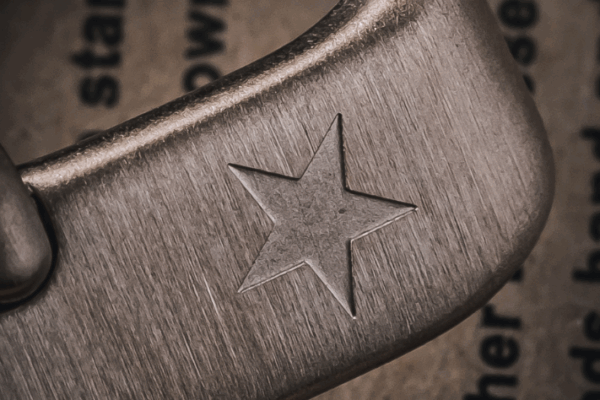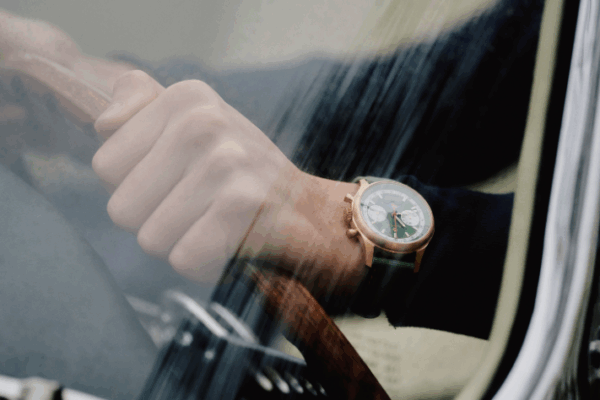Introduction
In the shadow of global superpower rivalry and ideological revolutions, a different kind of engineering was unfolding—on the wrist. While the West produced luxury timepieces for collectors and connoisseurs, the Eastern Bloc was building watches for the people, the military, and the party.
This is the story of communist-era watches—from Moscow to Beijing. Utilitarian in form, political in function, and deeply symbolic, these timepieces offer more than just the time—they mark a moment in history.
1. Soviet Horology: The People’s Timekeepers
After the Russian Revolution, the USSR set out to build a self-sufficient watchmaking industry. American machinery was bought, factories were nationalized, and brands like Poljot, Vostok, and Raketa became staples of Soviet wrists.
These watches weren’t about luxury. They were about ideology—rugged, reliable, and mass-produced for soldiers, cosmonauts, and workers alike. In 1961, Yuri Gagarin wore a Sturmanskie into space, making the Soviet Union the first nation to send a wristwatch beyond Earth.
2. East Germany and the Bauhaus of the Bloc
While the West celebrated Bauhaus with modernist elegance, East Germany found its own minimalist path in watch design. Glashütte, a traditional watchmaking town, was transformed under state control into GUB (Glashütter Uhrenbetrieb).
Despite political limitations, East German watchmakers managed to create mechanical timepieces with distinct visual language—clean dials, precise movements, and practical build quality. These watches remain cult classics among vintage collectors today.
3. China’s Project 304: Engineering Behind the Curtain
In 1961, under Mao Zedong’s leadership, China launched Project 304—a military commission to develop a chronograph for the People’s Liberation Army Air Force. The watch was to be 100% domestically produced, with no reliance on Soviet or Western components.
The result was a mechanical chronograph built in the Tianjin Watch Factory, completed by 1963. Though virtually unknown to the world at the time, this piece marked a turning point in Chinese industrial ambition and horological capability.
The design was unmistakably military: gold hands, red star, and a no-nonsense dial layout. Yet it carried a quiet elegance that endures to this day.
4. Communist Watches Today: Collectibles or Curiosities?
While many of these factories have since been privatized or faded into history, the timepieces remain. Collectors now hunt for early Soviet dive watches, Chinese pilot chronographs, and GDR dress pieces—not just for style, but for story.
They are worn not just as accessories, but as artifacts—symbols of eras when time was controlled, produced, and worn differently.
Conclusion: History on the Wrist
From space missions to silent factories, watches built under communist regimes reflect the spirit of their time—strict, purposeful, and surprisingly beautiful. They remind us that watchmaking isn’t just about luxury or craftsmanship.
Sometimes, it’s about ideology, ambition, and the quiet tick of progress behind closed borders.






